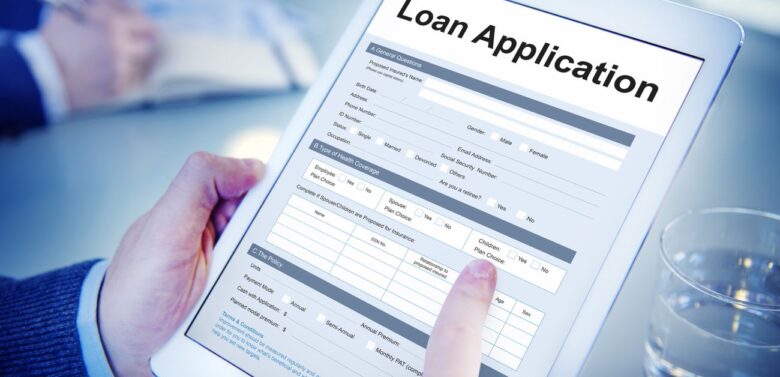There are a lot of factors that you need to look at when running a business. Many business owners are driven by their love of what they do. Unfortunately, they don’t pay enough attention to their cash flow.
While financial analysis isn’t one of the most exciting aspects of running a business, it is something that you can’t afford to get wrong. You may be surprised to know that 82% of businesses fail due to poor cash flow management.
Of course, there are a variety of reasons that companies can encounter cash flow problems. Obviously, some face cash flow problems as a result of declining sales. However, even otherwise thriving businesses can go bankrupt due to cash flow mismanagement. They might be growing too quickly and taking on more credit than they can handle. This can be a problem while waiting for their accounts receivables to be closed.
You can’t afford to let this problem ruin your business. You need to know how to evaluate your own cash flow statements and ensure that you don’t run short on liquid assets.
Understanding How to Evaluate Your Cash Flow Statements Properly

An analysis of business cash flow provides the owner with insight into the money that comes in and goes out of their business. Calculating cash flow is a simple process but involves a little more than subtracting expenses from income.
You will need to follow the steps listed below to make sure that your cash flow is overseen properly. Make sure that you follow these steps carefully to avoid any errors that could lead to expensive problems down the road.
How Cash Flow is Calculated

The experts at Lantern Credit suggest that business owners who want an accurate picture of their cash flow situation start with the formula: Revenue – Cost of Goods Sold – Taxes = Cash Flow. Lantern Credit also states, “The formula can include other things for more complex businesses, such as adding in depreciation or accounting for other changes in cash flow.”
The “Cash In” section is often the first section of the cash flow analysis document. This section includes the balance of money the business starts with for the month. It is then necessary to add money generated during the month to the starting balance.
The “Cash Out” section includes the bills and other expenses necessary to keep the doors open on the business from month to month. Rent, utilities, and credit card payments are common expenses used to calculate cash flow, and all of these expenses should enjoy a designated line on a spreadsheet. You should include all out of pocket expenses for your business that will attract from available cash flow.
The next step in the process is to subtract the total “cash-out” section of the cash flow analysis from the “cash in” total. This number represents the monthly income for the business. A portion of this money should be put away to cover tax responsibility. The rest of this total rolls forward as operating capital for the next month.
Business owners that track this process for an extended time will enjoy a bird’s eye view of the cash that enters and exits the business each month.
Cash Flow Solutions

Business owners who find their business consistently suffer from a negative cash flow situation can take action to resolve this problem and will first need to use the cash flow analysis they perform to locate the cause of the problem. Next, a solution is necessary to keep the business up and running.
Strict Budgeting

One way to free up cash for business growth and operations is to cut unnecessary expenses. Business owners should review their current budget and trim expenses that are not necessary for the existence of the business. Business owners that find their cash flow problems happen mostly in certain times of the year can budget for savings in the prosperous times that will carry their business through the lean months.
Improve bookkeeping

Accurate accounting is a must. Lantern credit advises companies that are not able to find room in their budget to employ a full-time bookkeeper to retain the services of a bookkeeper on a part-time basis.
Apply for a loan

A variety of small business loans are available that will serve the needs of entrepreneurs at all levels. These small business loans are often not difficult to obtain, but business owners should make sure they have a healthy plan of repayment.
Lantern Credit also has two bits of advice for business owners in search of a business loan. The first is to avoid the temptation of running up unneeded debt. The second bit of advice is to disallow the temporary infusion of cash to distract you from fixing the cause of the cash flow problem.
Increase Revenue

A business can also solve cash flow problems by increasing the amount of income it generates each month. This goal is accomplished by working harder at marketing and selling existing products or finding additional products and services to offer customers. Your cash flow statements can let you know if revenue shortfalls are a top concern that you need to address.
Make Cash Flow Management a Top Priority

Problems with cash flow are among the most common growing pains experienced by all businesses. The good news for business owners is that methods are available to them to both track their business cash flow and take measures to improve this vital component of business operations if necessary.
You can avoid any long-term cash flow mistakes by following the tips listed above. These guidelines will help you avoid bankruptcy, which is usually the result of poor cash flow management.
Nobody enjoys analyzing financial statements. Even most accountants will tell you that the process is rather boring. However, it is absolutely crucial if you want to run a thriving business.



